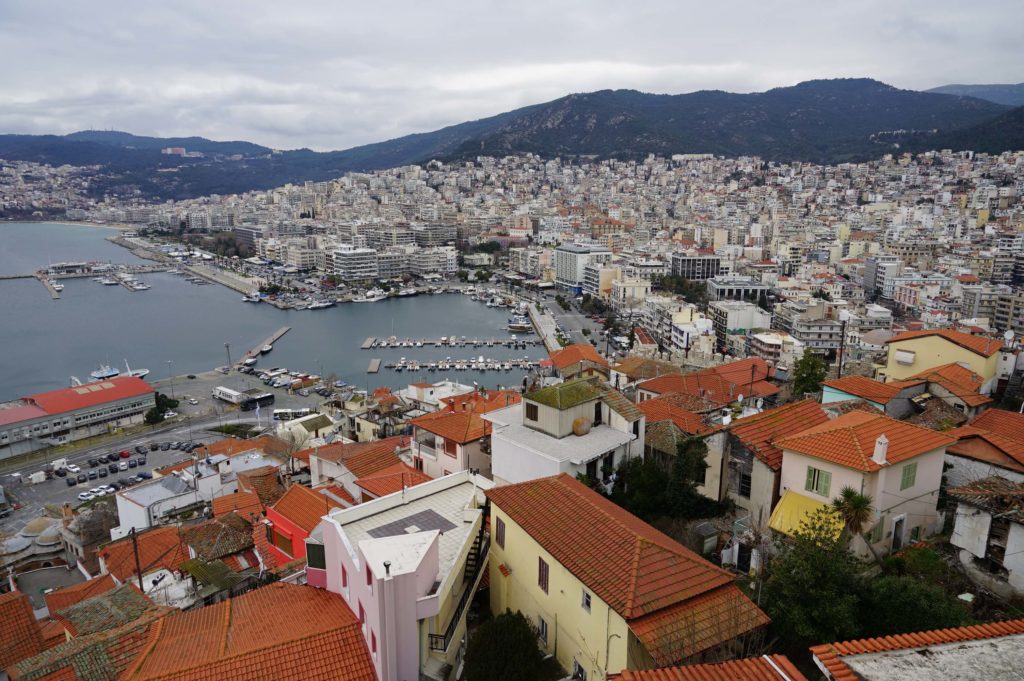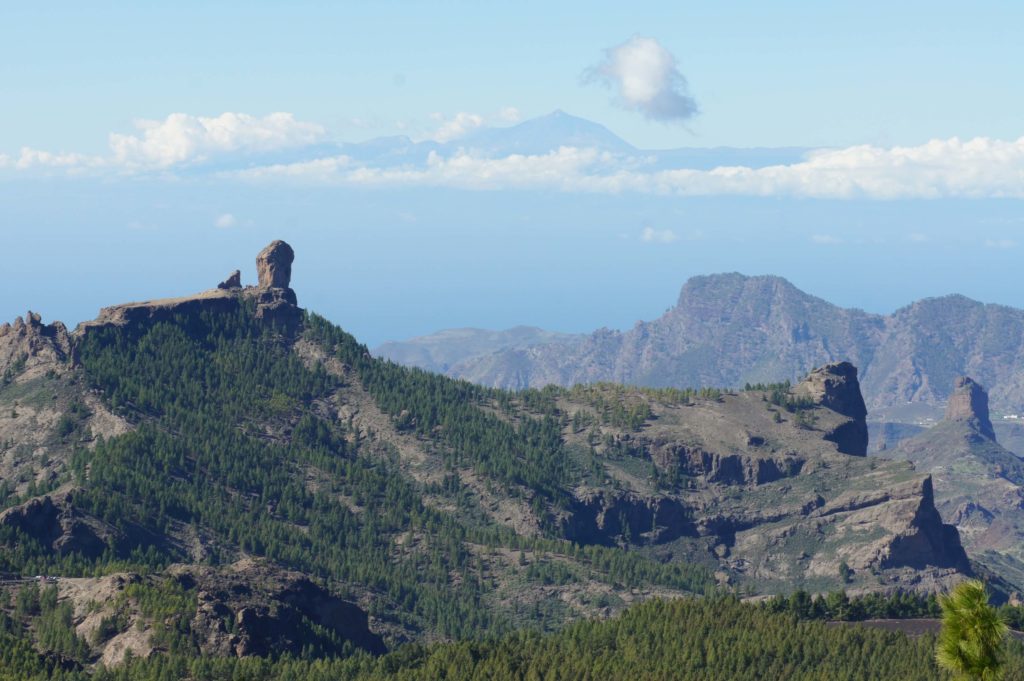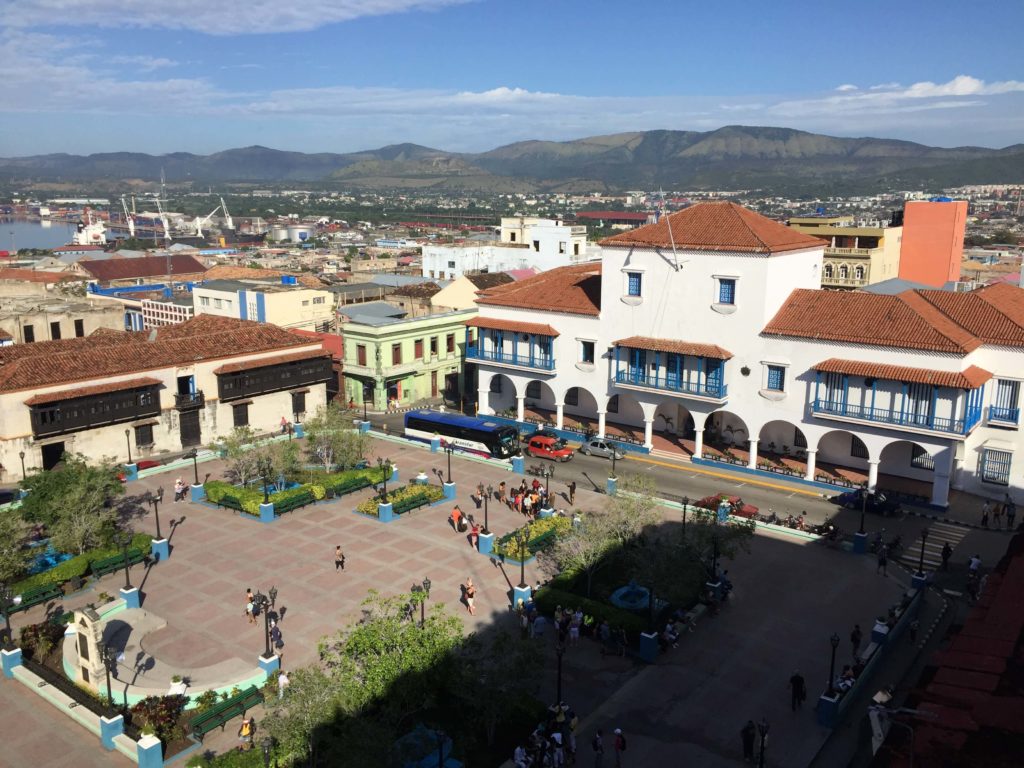Matera, Alberobello and Fasano – Italy
Most intact troglodyte settlement in the Mediterranean
Finally the time we’ve managed to come to this region, although for a very short time and a larger than average program to visit as much as we could. So while our point of arrival was Brindisi that city together with Lecce would be scheduled for the following day while today instead, driving towards two UNESCO World Heritage Sites: The Sassi and the Park of the Rupestrian Churches of Matera, and the Trulli di Alberobello; ending up in the small city of Fasano towards the evening for a nice dinner before returning to the base for the night, Brindisi. Incredible we managed to do this all in a day, considering it was literally right after landing from the very early flight from London, hence tired and sleepy without much rest from the short night before. Quite unfortunate there were no other more suitable flights!
Glad we found these flights anyway, during the low season avoiding the hordes or tourists and high prices for everything, especially accommodation, and good to know how nice all this region in the southeast of Italy is. Definitely worth for returning in the near future, possibly with a flight to Bari instead and continue to enjoy up north from there. Our less visited part of Italy in the other hand.
So as you’ve guessed, the UNESCO sites collectors that we are, this was our plan and main aim for the trip. Matera, home to the most outstanding, intact example of a troglodyte settlement in the Mediterranean region, fully dotted with caves and rock churches with invaluable painting works or art covering the walls and ceilings; and on the other hand something unique legacy from prehistoric techniques still in use today, the trulli constructions found in the southern region of Puglia, being the most remarkable the ones at Alberobello. These are limestone dwellings built drywall (mortarless) in the general form or cones. Really fascinating and impressive to see, and honestly nothing I could compare it to. (more…)







